Thinking About a Brown Cat? Here’s What You Really Need to Know
After years of being completely immersed in the world of cats, I’ve seen pretty much every color and pattern you can imagine. But honestly, there’s something about a truly brown cat that just stops you in your tracks. It’s not a color you stumble across often in your average cat population, and when you do, it has this incredible warmth and richness.
In this article
My first time seeing a genuinely all-brown cat, I was captivated. Its coat was the color of a dark chocolate bar, so deep it seemed to drink the light. The cat was sleek and muscular, with these brilliant green eyes that watched everything with a sharp intelligence. It wasn’t just a color; it was a whole vibe.
It’s easy to fall in love with that unique look. But a common mistake I see people make is choosing a cat based on color alone. The genetics that create that stunning brown coat are linked to specific breeds, and each one comes with its own distinct personality, energy level, and health quirks. This guide is my way of sharing the real-world info I’ve gathered from breeders, vets, and my own hands-on experience. We’re going beyond the pretty pictures to explore what makes a brown cat tick, so you can make a choice that’s truly right for both of you.
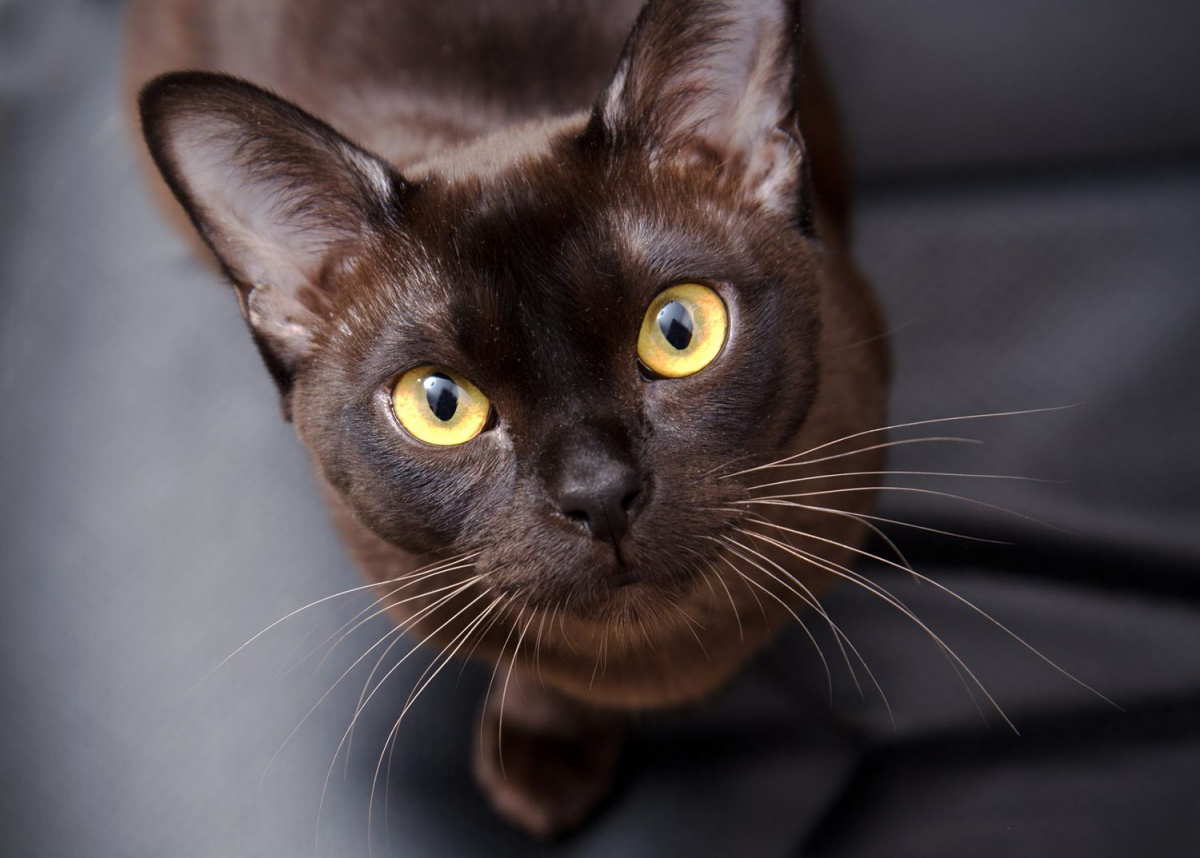
The Building Blocks: What Makes a Brown Cat Brown?
Before we jump into specific breeds, it helps to peek behind the curtain at the genetics. It’s not just a simple splash of color; it’s the result of some very specific genetic ingredients that breeders have worked carefully to cultivate. Knowing this gives you a real appreciation for these cats.
Believe it or not, all cat coat colors start with black. The gene for black color is the foundation. But, like a recipe, you can add mutations that change the final result.
- The ‘B’ Gene: This is the dominant, default gene. It gives you a standard, dense black coat.
- The ‘b’ Gene: This is where things get interesting. It’s a recessive version of the black gene. It changes the shape of the black pigment, turning it from black into a rich brown we often call ‘chocolate.’ For a cat to actually be brown, it needs to inherit this ‘b’ gene from both parents.
- The ‘bl’ Gene: This is an even more recessive gene. It lightens the brown further into a reddish-brown shade known as ‘cinnamon.’ Again, a cat has to get this gene from both parents to show the color.
This explains why true brown and cinnamon cats are relatively rare. The genes for them can be carried by other cats without ever being seen. It takes intentional breeding to bring these beautiful colors to the surface.
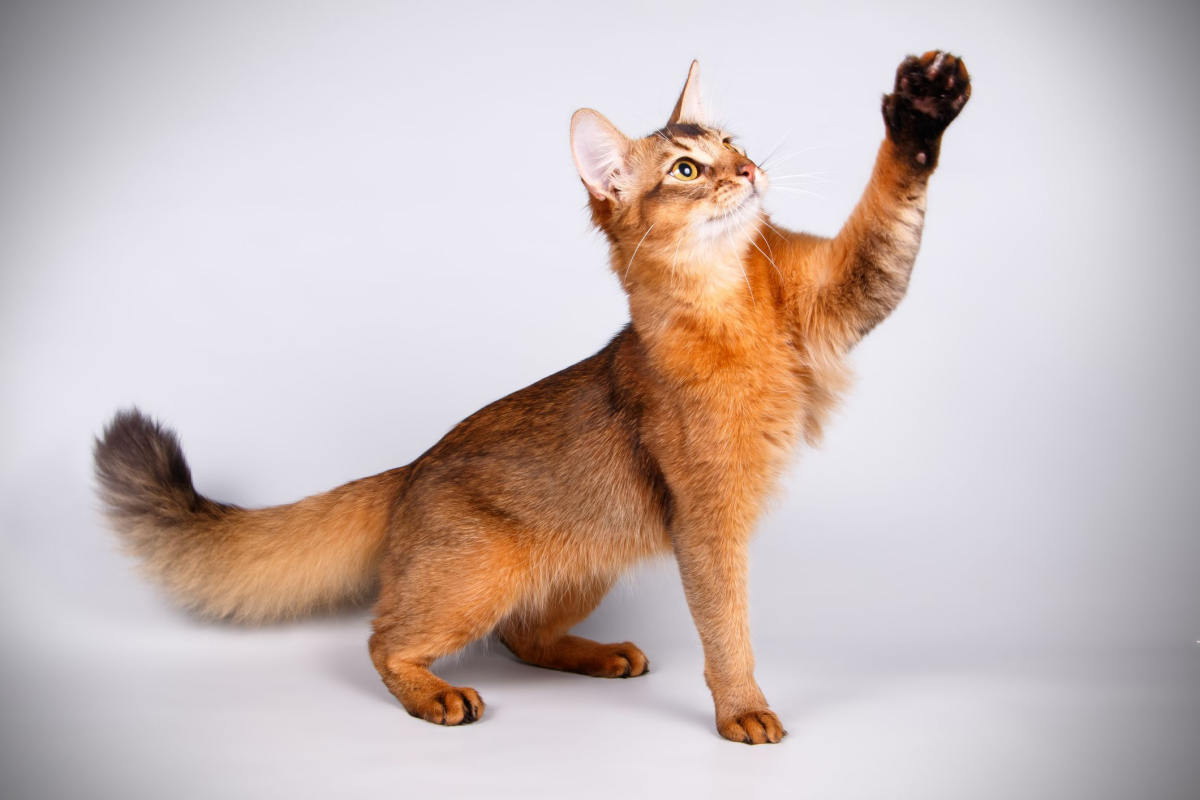
The True Brown Specialists
Some breeds are famous specifically for their solid brown coats. For these cats, brown isn’t just one option on the menu—it’s their signature dish.
Havana Brown: The Sentient Chocolate Bar
This is the breed that first got me hooked. People call them a “chocolate delite,” and it’s no exaggeration. Their coat is a solid, warm mahogany brown with a glossy sheen that feels like mink. One of their most striking features has to be their vibrant green eyes, which pop against the dark fur.
Temperament and Care: Heads up, this is not a cat that will just sit around looking pretty. Havanas are whip-smart, curious, and form deep bonds with their people. They have a funny habit of investigating everything with their paws, like little toddlers. I once watched one methodically figure out how to open a kitchen cabinet over an hour. They need interaction and can get lonely, so they’re best for a home where someone is around a lot. Health-wise, they’re pretty sturdy, but can be prone to gingivitis, so yearly dental check-ups are a must.

Burmese: A Brick Wrapped in Silk
The first time you pick up a Burmese, it’s a surprise. They look sleek and medium-sized, but they’re shockingly dense and muscular—the phrase “a brick wrapped in silk” is spot on. Their traditional ‘sable’ color is a deep, rich brown that is absolutely unique, and their coat is short and satiny with almost no undercoat. It feels incredible.
Regional Twists and History: This breed traces its modern roots back to a single cat brought over from Southeast Asia. From that origin, two distinct styles emerged over time. One type is more compact and rounded with a shorter muzzle. The other is a bit more moderate and athletic in its build. It’s good to be aware of this, as the more extreme rounded head shape in some lines has been linked to health issues. Finding a breeder who prioritizes health over fads is absolutely crucial.
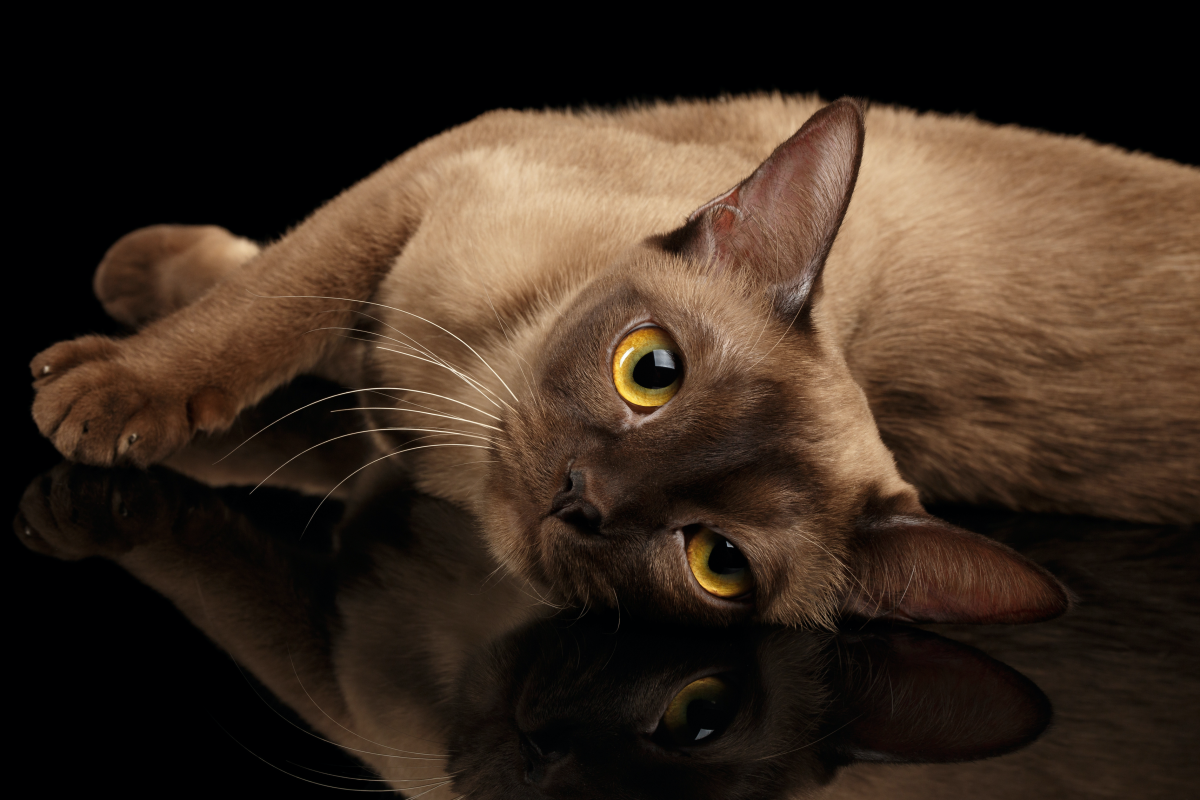
Temperament and Health: Burmese are the ultimate companions. They are famously “dog-like,” often following you from room to room, and they keep a playful, kittenish energy their whole lives. To keep them healthy, it’s a good idea to feed them a low-carbohydrate diet. What does that mean? Basically, look for high-protein wet food where meat is the first ingredient, and avoid foods bulked up with corn, wheat, or soy fillers. This can help manage their predisposition for diabetes.
So, Which Brown Cat Fits Your Life? A Quick Cheat Sheet
It can be tough to keep all the personalities straight. So, if you’re trying to figure out which brown beauty might be your perfect match, here’s a quick rundown. (Remember, this is a general guide—every cat is an individual!)
- If you want a low-key, easygoing friend: The British Shorthair is your best bet. They are the definition of chill. They’re quiet, their grooming is minimal, and they’re perfectly happy to sit beside you, not necessarily on you. They’re a calm presence in any home.
- If you want an active, chatty sidekick: Get ready for an Oriental Shorthair. These cats are brilliant, very talkative, and need a ton of mental stimulation. They are true participants in your life and will make you miserable if you want a quiet, hands-off pet. They thrive on action and attention.
- If you want a deeply devoted companion: Both the Burmese and the Havana Brown fit this bill. They are velcro-cats who want to be involved in everything you do. Expect a playful, intelligent buddy who will likely become your shadow.
- If you’re a dedicated groomer: The Persian is a showstopper, but only consider one if you can honestly commit to their care. That luxurious coat isn’t a weekend hobby; it’s a daily, 15-20 minute combing session to prevent painful mats.
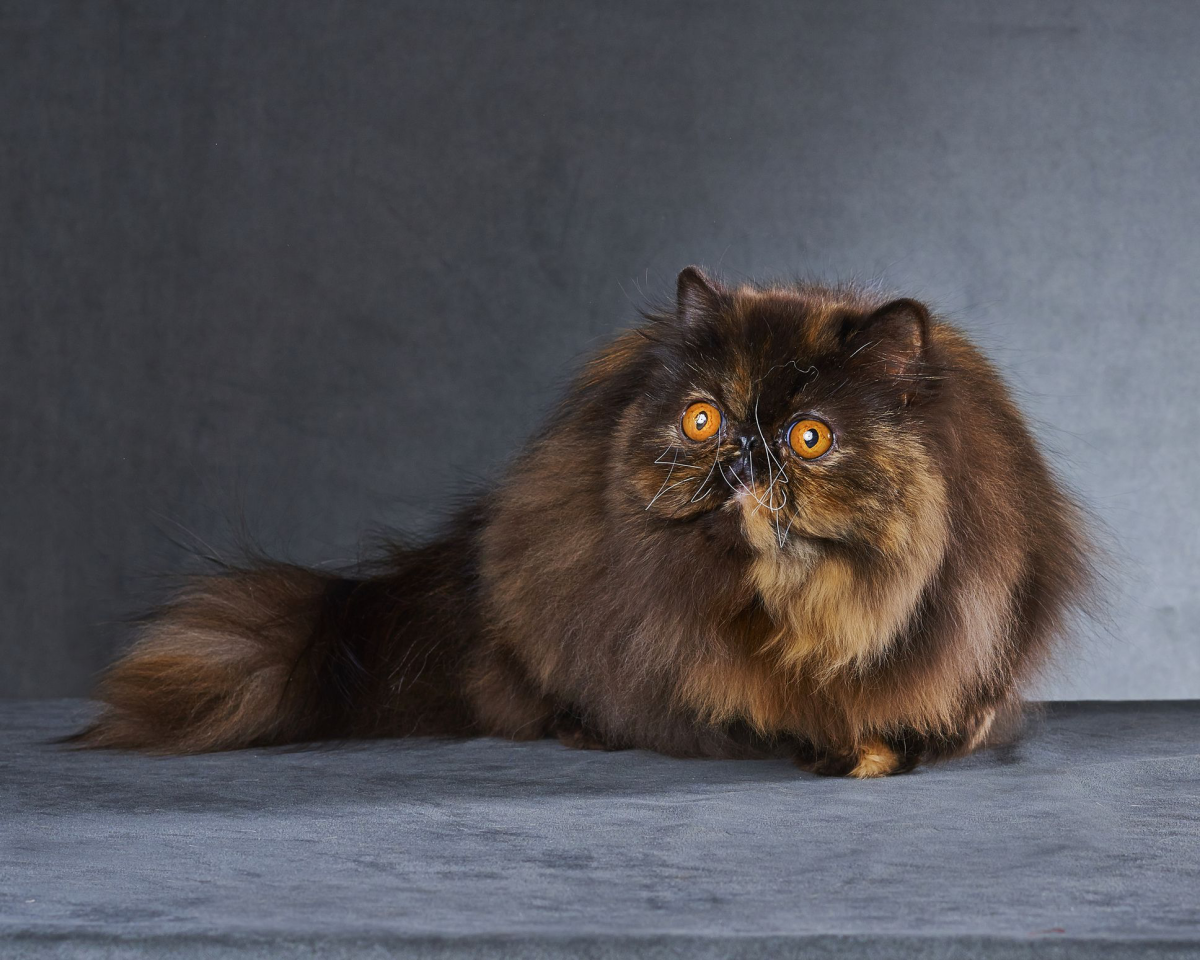
Other Breeds That Rock a Brown Coat
Many other popular breeds include chocolate and cinnamon in their color palette. Here are a few more to know.
British Shorthair: The Teddy Bear
While most famous in blue-grey, the brown versions of the British Shorthair are gorgeous. Their defining feature is that dense, plush coat that feels crisp to the touch. It gives them, along with their chunky body and round face, that signature teddy bear look.
A Serious Health Warning: I have to be really direct here. This breed is at high risk for serious genetic heart and kidney conditions (HCM and PKD). I cannot stress this enough: a responsible breeder MUST be testing their cats and be able to show you the proof. Never, ever buy a kitten without seeing clear health tests for the parents. The initial price of a well-bred cat is nothing compared to the future vet bills and heartbreak of a preventable genetic illness.
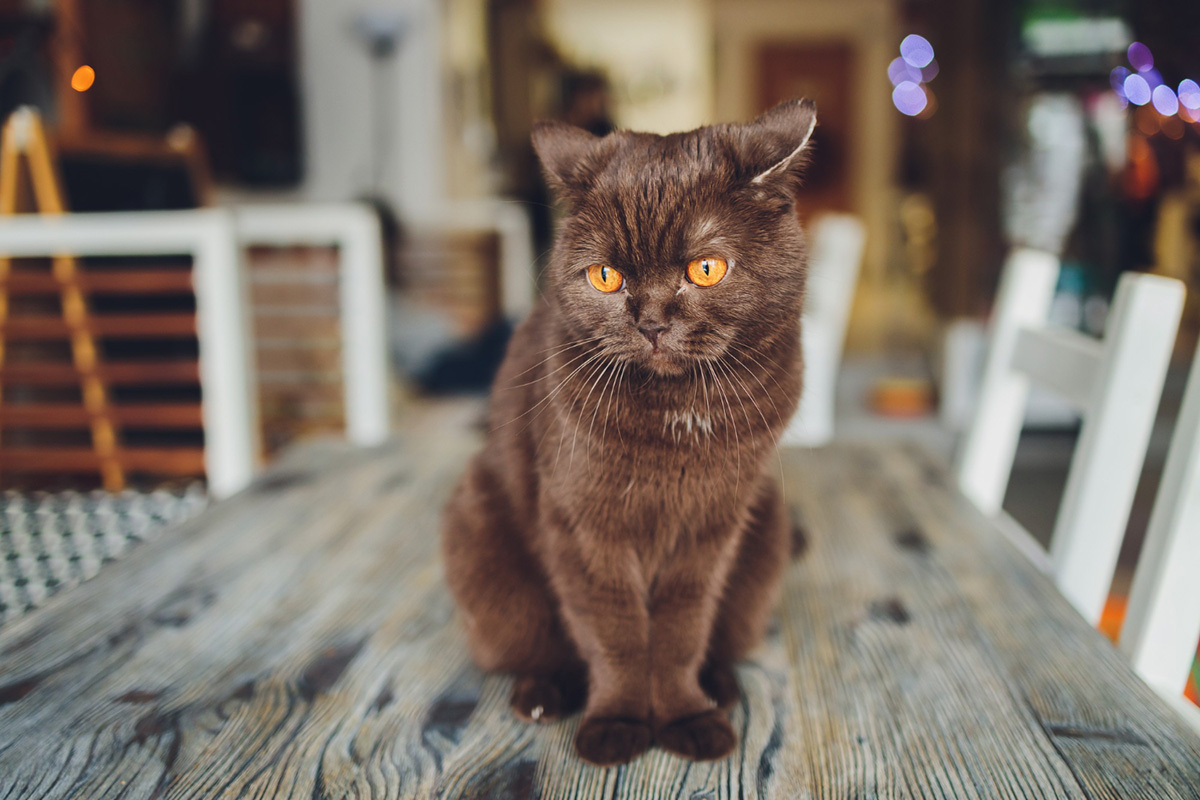
Persian: The High-Maintenance Beauty
A Chocolate Persian is pure luxury, but that beauty comes with a serious price in daily upkeep. Their long, fine coat mats incredibly easily.
Grooming and Health Reality: If you’re thinking about a Persian, you need what I call a “grooming non-negotiable”: a Greyhound-style metal comb. Not a brush, a comb. You can find good ones from brands like Chris Christensen or Resco, usually for around $25-$40, and it’s the only tool that will get through their dense undercoat. Beyond grooming, their flat faces can lead to breathing issues, and their eyes often water constantly, requiring daily cleaning to prevent skin irritation.
Oriental Shorthair: The Colorful Conversationalist
Think of an Oriental as a Siamese in a full-color wardrobe, including solid chocolate and a lighter cinnamon. They are slender, elegant, and have giant ears that give them a unique, striking look. But their personality is what really stands out. They are intensely social and will talk to you all day long. They need a ton of stimulation to keep from getting bored and mischievous. Oh yeah, a quick tip: they can be sensitive to anesthesia. It’s always a good idea to have a vet who is familiar with these slender, athletic breeds.
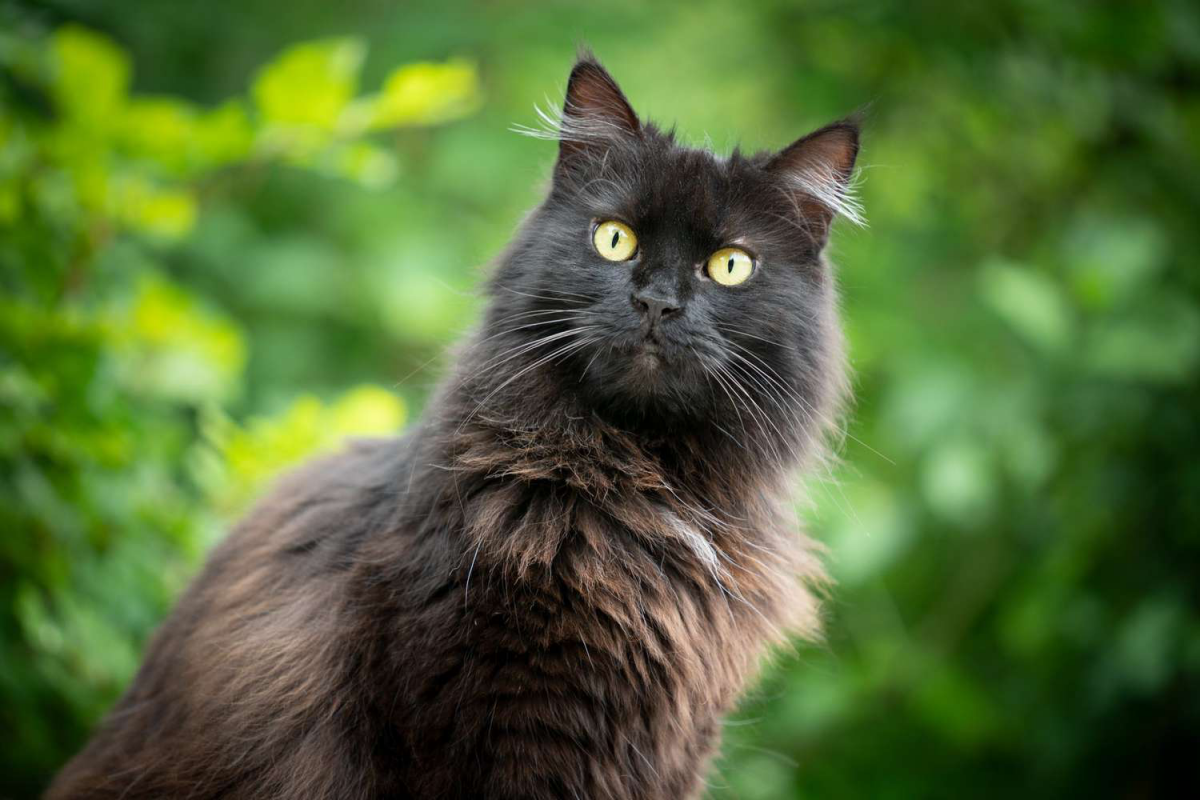
Finding a Brown Beauty: Breeders and Shelters
How to Spot a Responsible Breeder
This is probably the most important step you’ll take. A great breeder is a lifelong resource. Look for someone who:
- Gladly shows you health testing results for the parent cats.
- Raises kittens in their home, where they’re handled and socialized.
- Won’t let kittens leave before they are 12-14 weeks old.
- Asks you a lot of questions! They are vetting you, too.
- Provides a contract with a health guarantee and a return-to-breeder clause.
A great place to start your search is by looking up official breed clubs, which you can usually find through the websites of major international cat registries.
The Real Cost of a Pedigree Cat
The initial price for a well-bred cat can be anywhere from $1,500 to over $3,000. But that’s just the entry fee. You have to be ready for the long haul: budget at least $800 to $1,500 per year for high-quality food, vet check-ups, and pet insurance (which I strongly recommend). And if you’ve got your heart set on a Persian, tack on another $200+ for professional grooming and top-tier supplies.
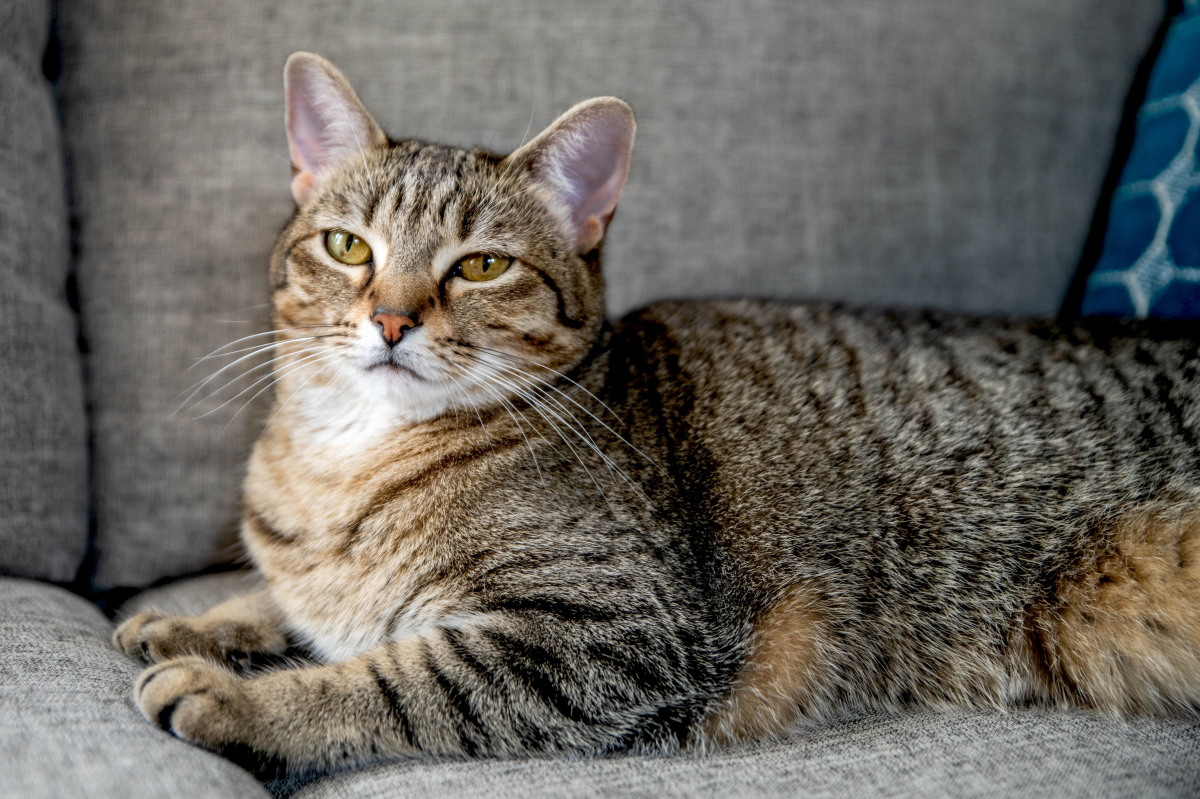
Can You Find a Brown Cat at a Shelter?
Absolutely! Listen, while you’re unlikely to find a purebred Havana Brown just waiting at your local humane society, gorgeous chocolate-colored domestic cats do pop up in shelters. They’re like little genetic miracles. Their personality will be a total surprise package, which is honestly part of the fun! If you’re patient and keep an eye on sites like Petfinder, you might just find your very own chocolate treasure waiting for a home.
Final Thoughts
A brown cat is a living work of art, a product of careful genetics and dedicated breeding. Whether you fall for the clever Havana Brown or the calm British Shorthair, each comes with its own unique needs. Just remember that the most beautiful coat in the world doesn’t mean much if the cat’s personality doesn’t mesh with your lifestyle. Do your homework, be honest about the time and energy you can give, and you’ll find a companion whose richness goes so much deeper than the color of their fur.
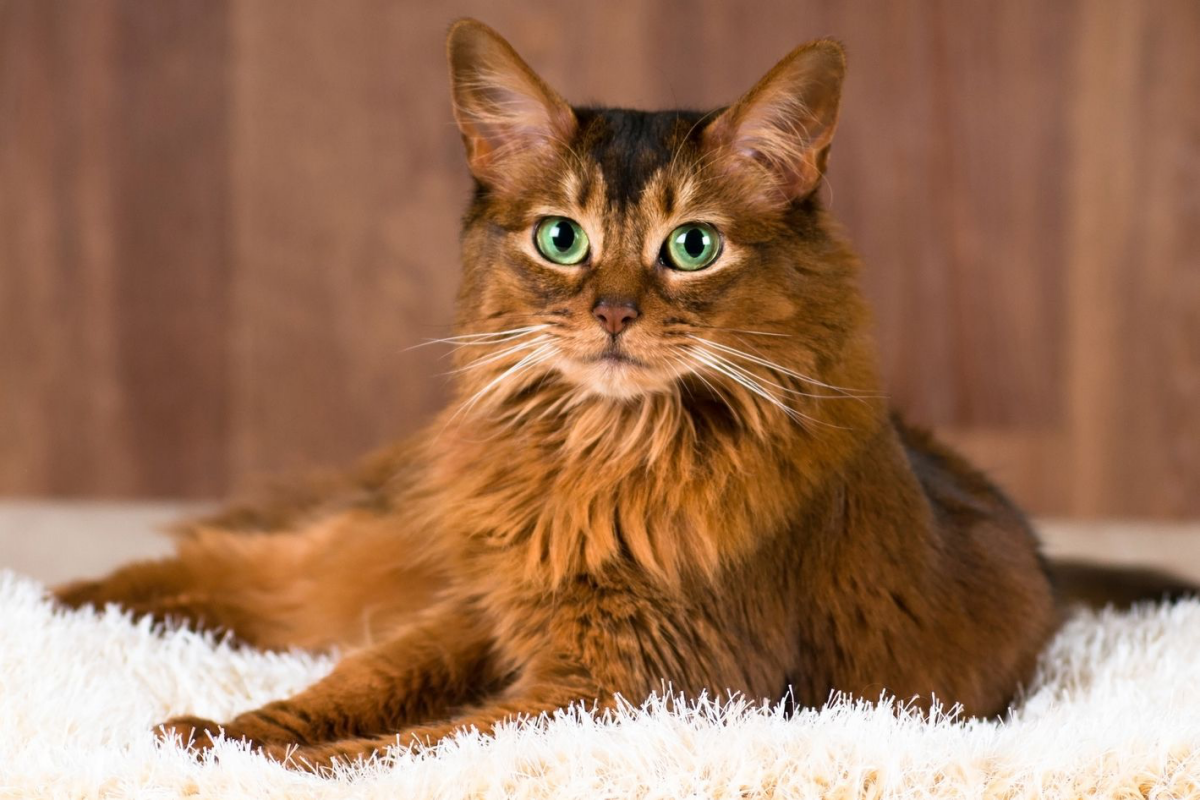
Galerie d’inspiration
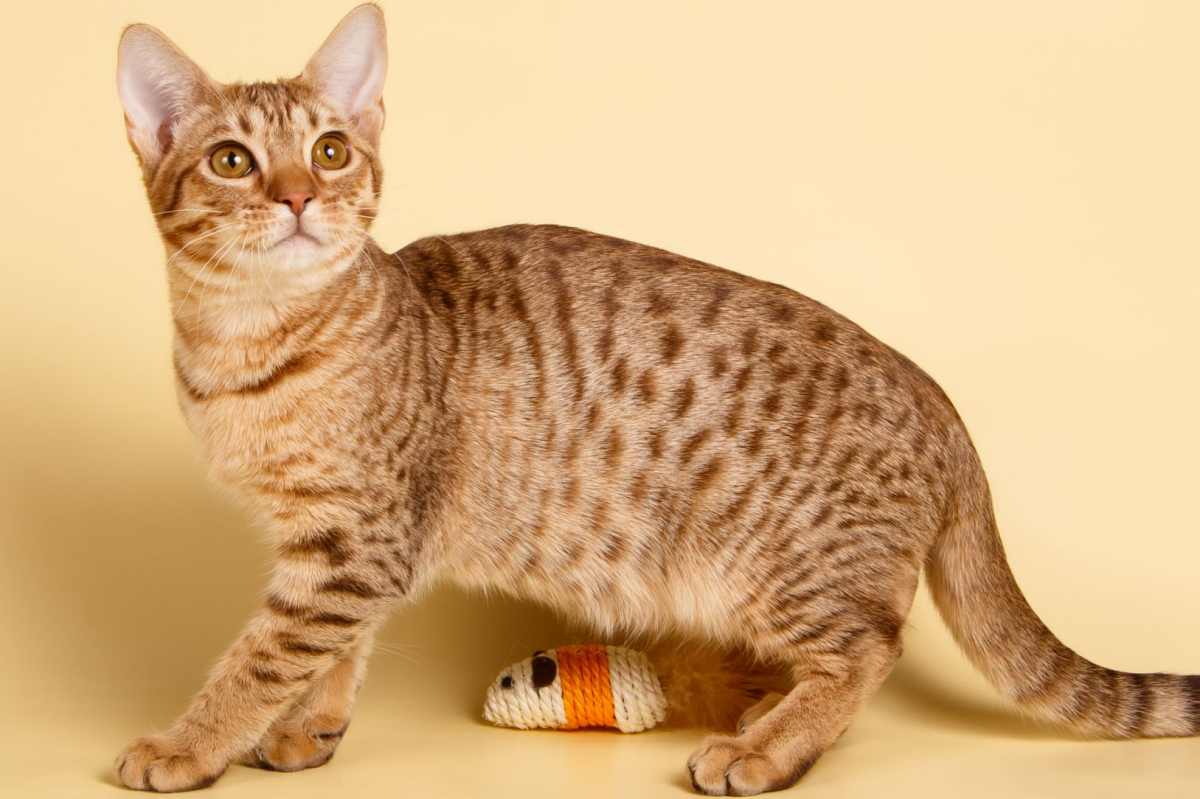
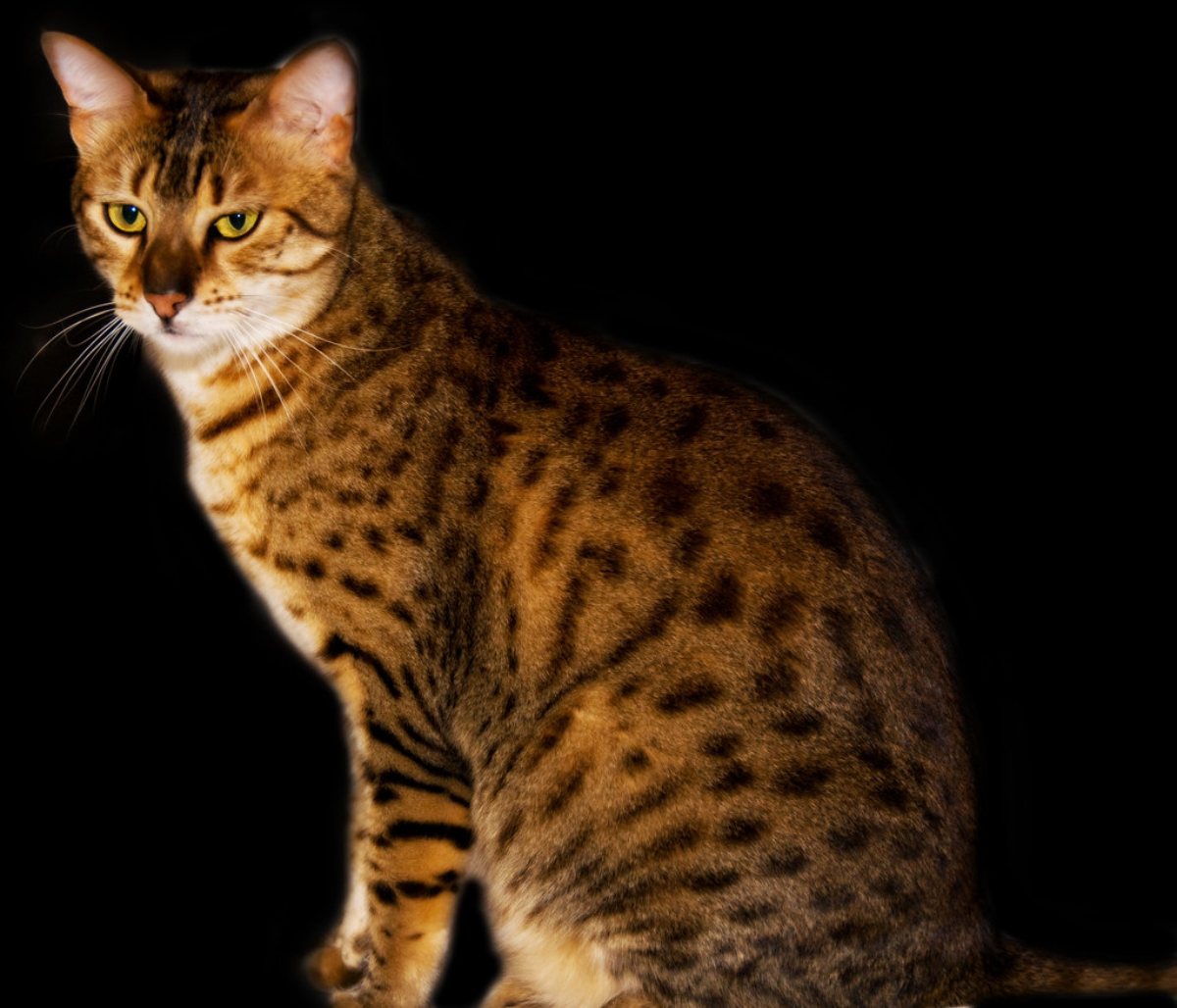
That deep, chocolatey coat isn’t just for show; it deserves care that enhances its natural luster. While most brown cats have short, low-maintenance fur, a few simple actions can make a world of difference.
- Gentle Brushing: For sleek-coated breeds like the Havana Brown or Burmese, a weekly session with a rubber curry brush, like the ZoomGroom, removes loose hair without scratching the skin.
- Oil Distribution: Follow up with a soft bristle brush to distribute the natural skin oils evenly, which gives the coat that signature glossy finish.
- Avoid Over-bathing: Unless your cat gets into something messy, bathing is rarely necessary and can strip the coat of its protective oils.
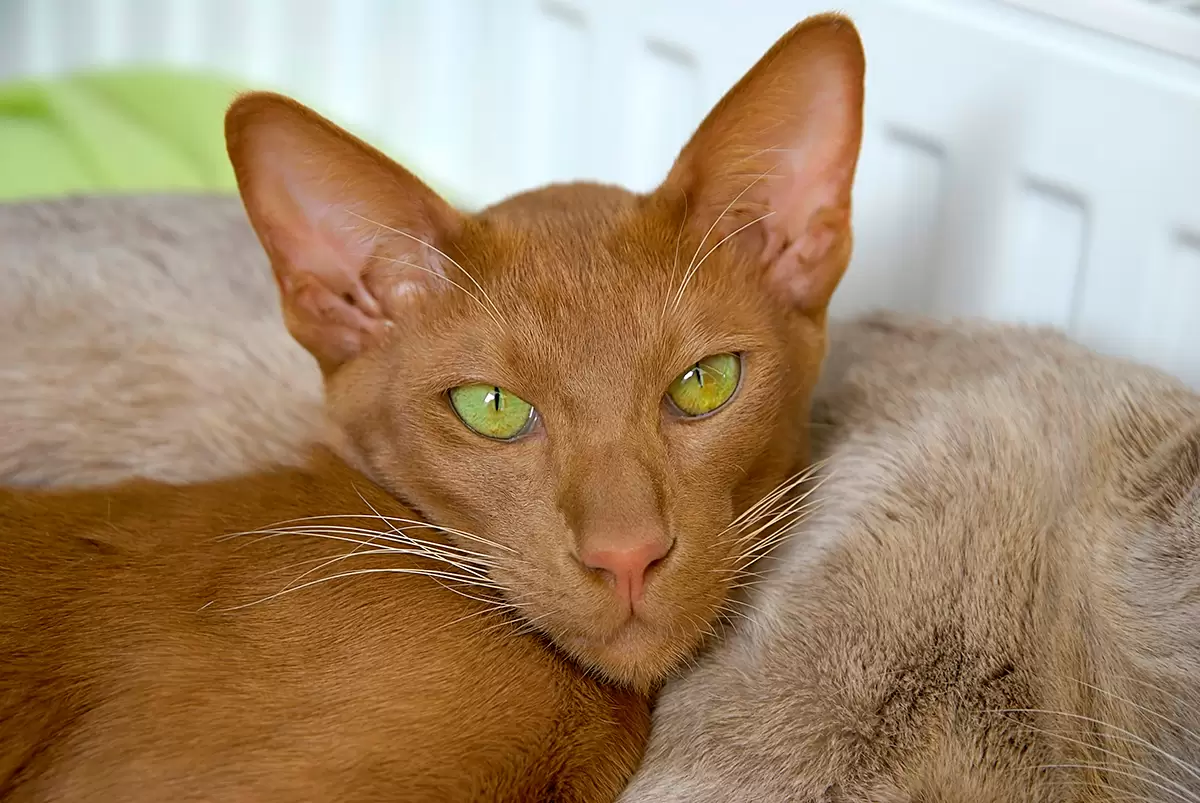
A 2021 study in the journal Animals confirmed that owners often perceive cats with darker coats, including brown and black, as more independent and aloof, even when their individual personalities differ.
This perception bias is a fascinating reminder to get to know the individual cat behind the color. A Havana Brown might be a ‘velcro cat’ craving attention, while a brown tabby could be a fearless adventurer. Don’t let the elegant, serious color fool you—their personalities are as varied as any other cat’s.
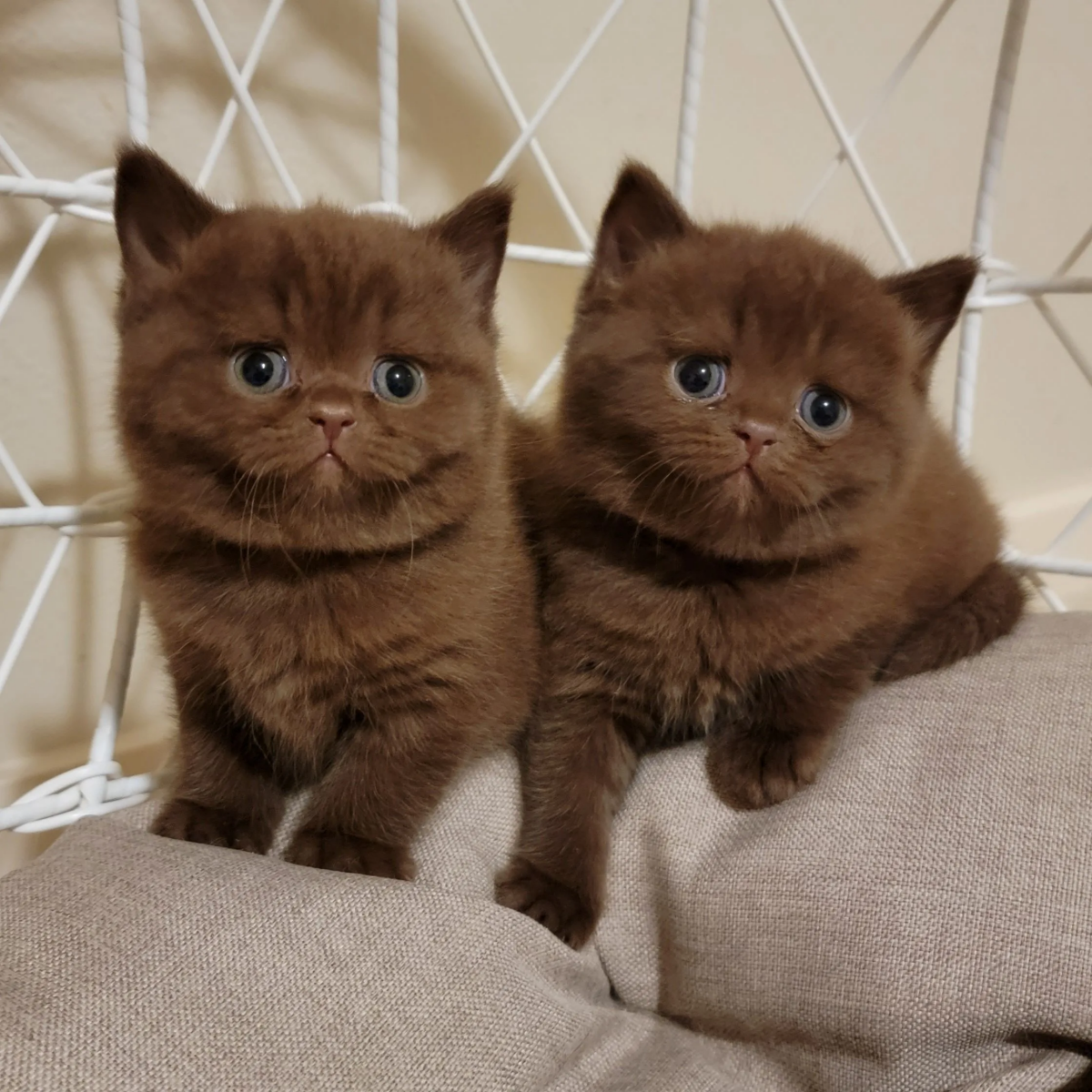
Does the unique shade of a brown cat influence home decor choices?
Absolutely. The warm, rich tones of a brown cat act as a beautiful, living accent piece. In a home with an earthy, biophilic design, surrounded by natural wood, rattan furniture, and lots of green plants, a brown cat blends in harmoniously, adding to the organic calm. Conversely, in a minimalist space with cool tones like charcoal grey or deep teal, its chocolate or cinnamon coat creates a stunning, warm contrast that draws the eye and softens the room’s modern edges.
Chocolate vs. Cinnamon: At first glance, they might seem similar, but these two shades of brown are genetically distinct. Chocolate is the classic, deep brown seen in breeds like the Havana Brown. It’s a rich, warm color reminiscent of a dark chocolate bar. Cinnamon, found in some Oriental Shorthairs, is a lighter, reddish-brown with a fiery undertone, more like cinnamon bark. While both are stunning, cinnamon is significantly rarer due to the recessive genes required to produce it.










